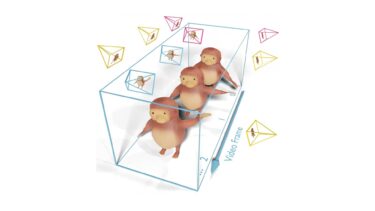IBM and NASA release a large AI model trained on satellite images. The aim is to help climate research.
IBM and NASA have released a large geospatial foundation model on Hugging Face as open source. This follows the launch of the Watsonx foundation model platform and is one of the first Watsonx foundation models announced by IBM in May.
Under a Space Act contract, IBM has been working since early 2022 to develop a foundation model for geospatial data. Foundation models are versatile AI models that can be refined for various downstream tasks.
According to IBM, the goal of the release is to accelerate innovation in climate and earth sciences by making satellite data more accessible. Although NASA collects massive amounts of satellite data - an estimated 250,000 terabytes by 2024 - there are still barriers to analyzing these large data sets.
By open-sourcing the Hugging Face model, IBM and NASA hope to change that. The move is also in line with NASA's Open Science Initiative, which aims to build a more collaborative scientific community.
AI model could be used to predict crop yields
The model was trained for a year using data from NASA's Landsat Sentinel 2 (HLS) satellite, which covers the entire US mainland. It was then refined with flood and wildfire mapping data. In tests, this has already improved accuracy by 15% compared to other methods, despite using half as much labeled data.
With further adjustments, the model could be used for other tasks such as monitoring deforestation, predicting crop yields or monitoring greenhouse gases, IBM says.
A commercial version of the model will be available later this year as part of IBM's Environmental Intelligence Suite.
IBM's geospatial AI model is available on Hugging Face.






